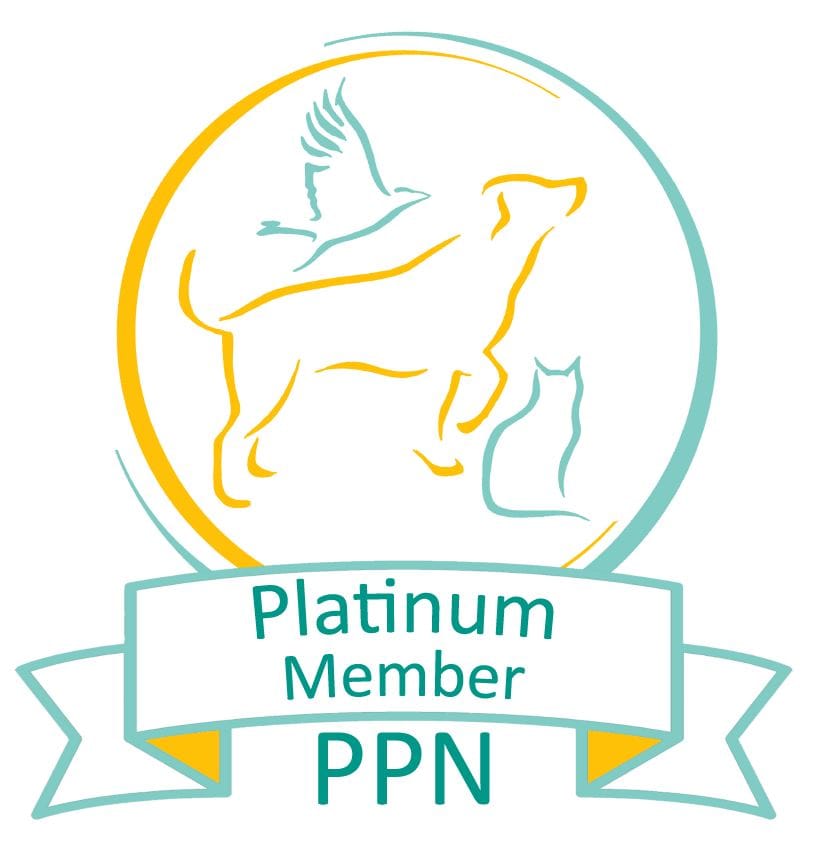Dog training for grooming
16/09/2020 - Blog
If you’ve tried dog grooming for the first time during lockdown you’ll know how important it is that your pet behaves well during the whole procedure. Here are some tips for future dog training for grooming.
COVID-19 lockdown hasn’t just affected human hairstyles. In the last few weeks, I’ve seen a few dogs sporting unusual coiffures too. Dog grooming is not as easy as it looks on a YouTube video. It takes training, practice, a steady hand and a well behaved dog. Dog training for grooming starts at home. Here are my top tips
- Socialise your dog well so that he or she can be happy in any environment
- Learn to understand your dog’s body language and pass the knowledge onto your groomer
- Get your pet used to the sounds and smells of the grooming parlour
- Teach your dog to stand still whilst ears, tummy, tail etc are touched
- Practise some doggy trick training that will make grooming easier
- Lots of mental stimulation at home will help your dog stay calm at the grooming parlour
Socialising your dog
I cannot stress enough the importance of socialisation in dog training. Without it, your dog won’t have the tools he or she needs to cope at the grooming parlour. It’s one thing to have a dog who is 99% obedient at home but if he or she forgets all that training when out and about you are potentially setting yourself up for some sticky situations.
Socialising is all about building confidence. Your dog can’t talk, so the only way to communicate fear is to back away, cringe, growl, bark or worse – bite. None of these behaviours are helpful in the groomer’s parlour. When your dog feels confident in any situation, he or she has no need to feel afraid and therefore no need to display these behaviours.
Click here for a helpful article on puppy and dog socialisation (I will re-post the link at the end of the article)
Understand your dog’s body language
Doggy body language is a complete science in itself. It took me several months of intensive studying to become a dog behaviourist so don’t expect to learn everything in a day. But, with careful observation you can discover quite a lot about your pet.
How does your dog like to be approached? Lots of attention? Minimal fuss? From the front or the side? Some pets (especially small dogs) hate to have anyone looming over them.
Does your dog have any dislikes? Some hate hats, beards, men or women? Children? Loud noises? Other dogs?
What happens if you handle your dog without asking first?
Are there any places where your pet hates being touched? Tail? Ears?
Where does your pet like to be touched? Head? Chest? Belly?
What about ticklish spots? Where is best to avoid.
Stroking or patting? Which is best?
All of these little character traits are so useful for your groomer to know in advance. You can also use them as the basis for some trick training exercises that will help your dog to get along better with his or her groomer.
Sights and sounds in the dog grooming parlour
Training your dog to be comfortable with the sights, sounds and smells of the grooming parlour will help him or her to relax and enjoy being pampered.
If possible, pay a visit to the parlour without your dog to find out what goes on and what your pet might need help with. Your dog might need to settle in a crate until it’s his or her turn for a haircut. Can you practice at home?
How will he or she cope with being left in the capable hands of someone she’s never met? Maybe a socialisation visit will be possible so that dog and groomer can get to know each other?
There will be hairdryers, electric clippers, a shower, nailclippers and scissors to get used to. Even if your dog is short coated, at least two items on the list will be used on him. The others may be in use while he or she is in the salon. If you think your dog will be upset by any of these, talk to your dog trainer about some de-sensitising training.
Standing still
The same principles that apply to the groomer are also super-relevant to the veterinary clinic.
The potential for a wonky hairdo rises steeply for a wriggly dog but aesthetics are nowhere near as safety. I don’t even want to think about the consequences of a sudden move when having claws clipped or ears cleaned! It’s so important that your dog can keep still and be patient with whoever is handling him or her.
You can help your dog by doing lots of handling at home. Start small by stroking your pet as he or she sits beside you. Be sure to touch ears, run your hands along his ribs, under his tummy, along his tail. Practise holding one paw for a few seconds and gradually build up the time. Keep the mood calm and reward your dog for staying still.
As your pet gets better at keeping still while you touch him or her with your hands, try using a brush or comb instead. Be gentle, keep rewarding and finish the session with something that the dog will love (eg a walk, playtime or perhaps a chew bone).
Doggy trick training
Trick training is great fun but there is a point to it. Especially if you can show your groomer (or vet nurse!) how to encourage your pet to stay still.
One of my favourite tricks for the grooming parlour is the target touch. Your dog is taught to touch an object with his or her nose and to keep that nose in place until released from the task. It’s a great way of helping them stand still!
Why not join one of my trick training workshops – you and your dog will both enjoy it! https://www.ck9training.co.uk/for-fun-workshops/trick-training-workshop/
A dog that uses its brain is more calm and collected
Mental stimulation has been proven to improve dogs’ confidence and mood – not just at the dog groomers but in every aspect of everyday life. Just like us, when pets are bored they tend to either focus on their fears or find some sort of mischief to get into. What can you build into your pet’s daily routine that will really get those little grey cells working?
Scentwork is awesome for mental stimulation, so are obedience training, trick training and training walks. Look online, you’ll find some fabulous puzzle toys for pets. Perhaps you could build a sensory garden for your dogs? Explore the CK9 Dog Training website for more ideas
Help with dog training for grooming
If you need help with dog training for grooming, CK9 Dog Training in Surrey offers several alternatives that will work for you.
1-2-1 training either in person or online is incredibly popular at the moment. Social distancing is easy to adhere to and you get personalised advice from a qualified dog trainer.
Dog training classes are open again now that COVID-19 lockdown has been lifted. We’re very happy to welcome new students and can assure you that social distancing is observed at all times.
Training walks will be starting up again soon. These are great value for money and teach your dog (and you!) how to behave well when surrounded by distractions.
Dog behaviourist 1-2-1 sessions. If your dog or puppy has real problems at the groomer and needs help mastering anxiety, aggression, self-control or any other issue, working with a behaviourist will usually find a practical solution. Contact us for more information
Useful dog training articles









